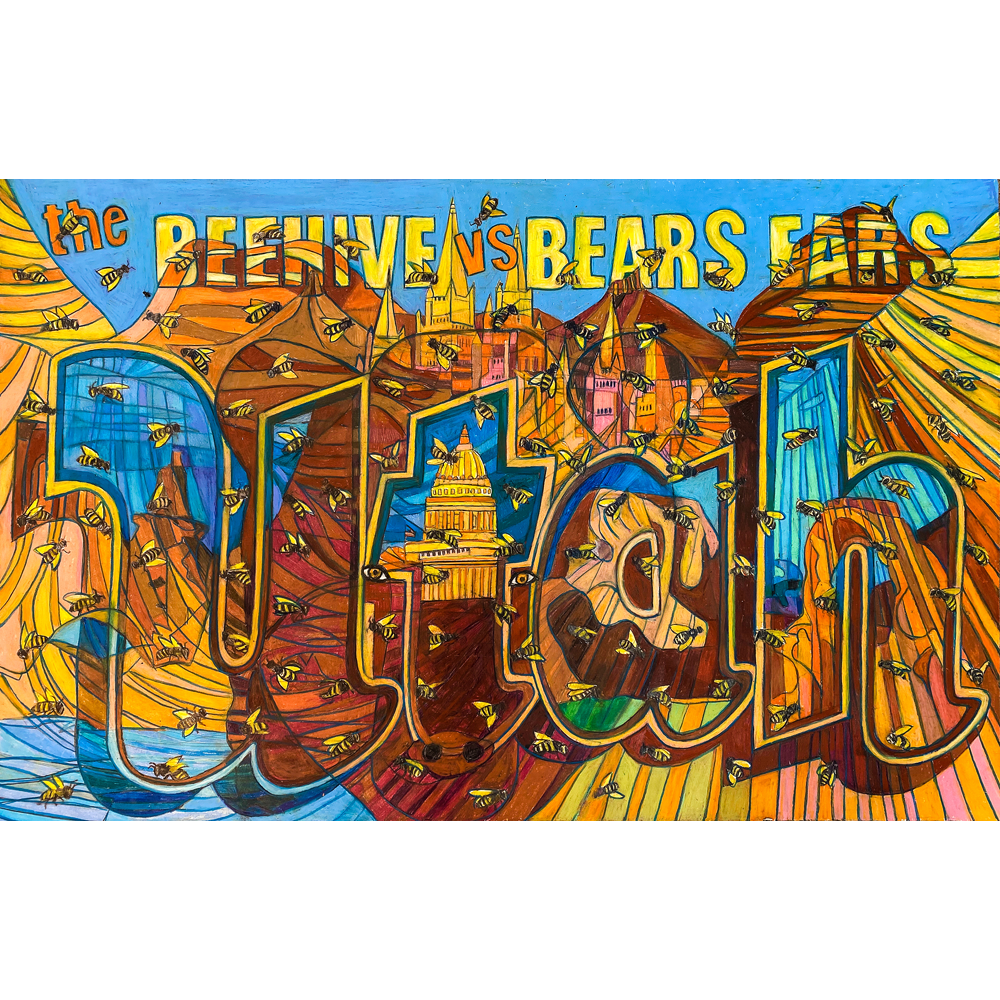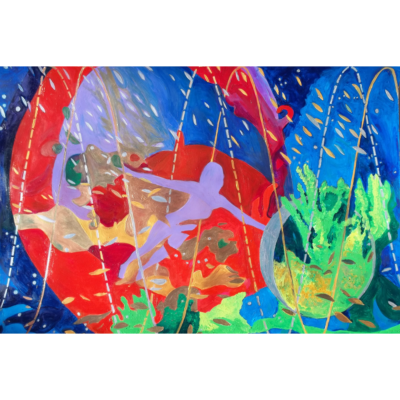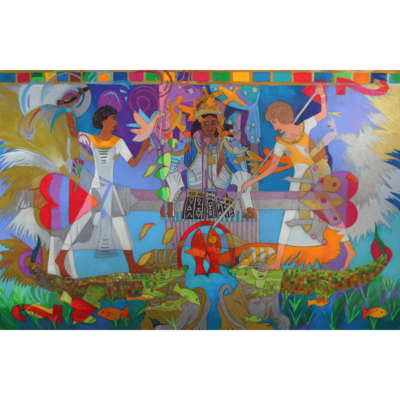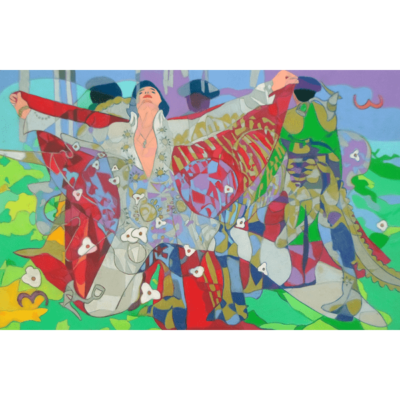Description
The beehive, Utah’s official state emblem since 1959, symbolizes the industriousness of its people. This iconic symbol, featured prominently on various state insignia including the flag and seal, represents the values of hard work, community, and industry that have long been associated with Utah.
In 2016, President Obama designated Bears Ears National Monument, a groundbreaking initiative led by a coalition of five Native American tribes: the Navajo Nation, Hopi Tribe, Zuni Tribe, Ute Mountain Ute Tribe, and Ute Indian Tribe. This 1.35 million-acre monument, named after twin buttes resembling a bear’s ears, marked a historic moment in American land management, as it was the first time Native tribes would have a significant role in managing culturally important lands.
In December 2017, President Trump significantly reduced both Bears Ears and Grand Staircase-Escalante National Monuments. Bears Ears was slashed by 85%, while Grand Staircase-Escalante was reduced by about 50%. This decision aligned with some Utah officials and local residents but faced strong opposition from tribal nations and environmental groups. Following this, the Biden administration, with Secretary of the Interior Deb Haaland’s support (the first Native American Cabinet Secretary), moved to restore these monuments to their original boundaries. This restoration led to an unprecedented level of collaboration between federal agencies and Native American tribes
In 2022, the five tribes of the Bears Ears Commission entered into a historic cooperative agreement with the Bureau of Land Management and U.S. Forest Service, formalizing collaborative management of the monument. This partnership ensures that Traditional Indigenous Knowledge informs the management plan for Bears Ears National Monument. In March 2024, a draft resource management plan was released for public comment, with Alternative E being the preferred option. This alternative emphasizes a holistic approach to stewardship, addressing both tangible and intangible aspects of this sacred landscape.
The controversy surrounding these monuments highlights the tension between different visions for land use in Utah. It juxtaposes the state’s commitment to industry, symbolized by the beehive, with the preservation of cultural heritage and natural landscapes. This ongoing dialogue underscores the challenge of balancing economic interests with the protection of ancestral lands and the environment, reflecting the complex interplay between Utah’s industrial heritage and its rich cultural and natural resources. The bees crawling over the image also refer to the potential impact of tourism on these important monuments.




